Text


Ah i have so much fun drawing the beheaded , i cant stop it haha , he’s too cute
Oohh i should draw the penitent one , the drifter , the knight and beheaded wearing bow together, like a bow team >:09 , yes yes , that will be in my long list of what i want to draw haha
143 notes
·
View notes
Text
Why does this fit so well!? 😂✋

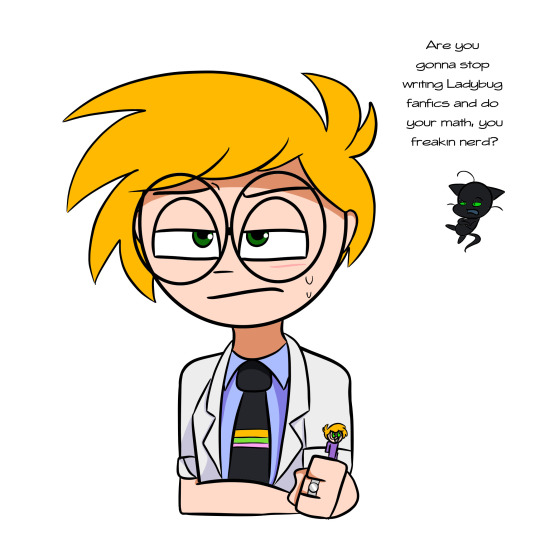
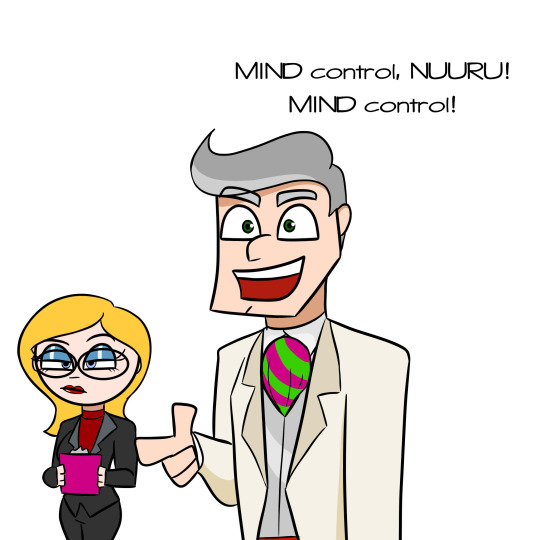
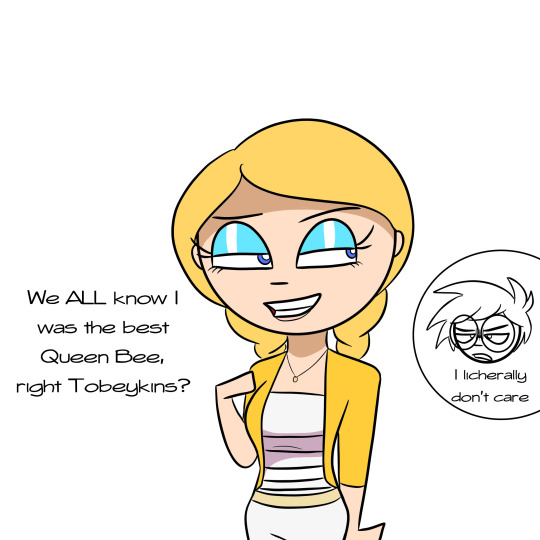
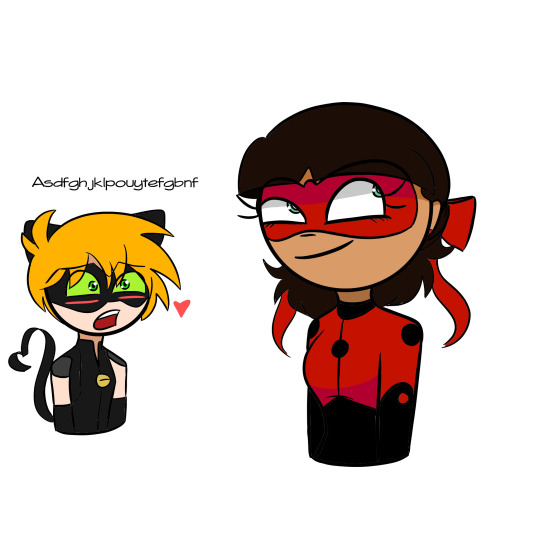
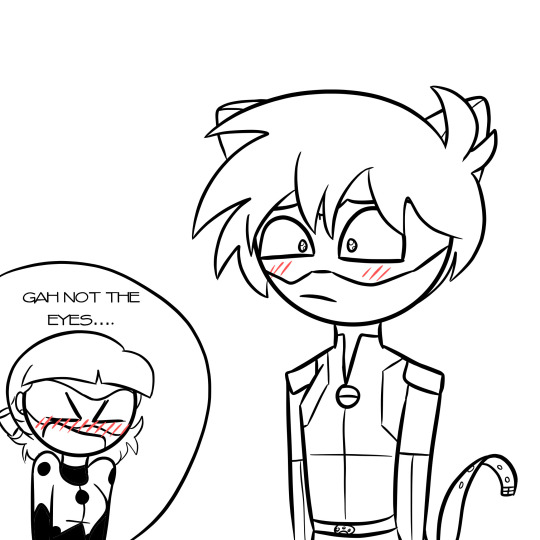
I made this AU a while back but-
SO IT GOES LIKE THIS
They all basically keep their same personalities cuz their personalities are so much better than the ones in Miraculous. Tobey’s still standoffish and rude, a big flirt as Chat Noir, Becky ISNT clumsy quirky and unique and not a Mary Sue, Mr Big is still a himbo, Leslie is still Leslie, and Victoria as Chloe actually gets a bloody redemption arc!!! Tikki has a bit of an Angie from Resident Evil personality cuz I think that would be funny, but Plaggs the same. Tobecky as adrienette, they don’t like each other. They’re still rivals. (I think the show would be so much better like that ngl)
397 notes
·
View notes
Text
My babies!!~ ❤️

*proceeds to get soft on her*
771 notes
·
View notes
Text
Tips for Writing a Difficult Scene
Every writer inevitably gets to that scene that just doesn't want to work. It doesn't flow, no matter how hard you try. Well, here are some things to try to get out of that rut:
1. Change the weather
I know this doesn't sound like it'll make much of a difference, but trust me when I say it does.
Every single time I've tried this, it worked and the scene flowed magically.
2. Change the POV
If your book has multiple POV characters, it might be a good idea to switch the scene to another character's perspective.
9/10 times, this will make the scene flow better.
3. Start the scene earlier/later
Oftentimes, a scene just doesn't work because you're not starting in the right place.
Perhaps you're starting too late and giving too little context. Perhaps some description or character introspection is needed before you dive in.
Alternatively, you may be taking too long to get to the actual point of the scene. Would it help to dive straight into the action without much ado?
4. Write only the dialogue
If your scene involves dialogue, it can help immensely to write only the spoken words the first time round.
It's even better if you highlight different characters' speech in different colors.
Then, later on, you can go back and fill in the dialogue tags, description etc.
5. Fuck it and use a placeholder
If nothing works, it's time to move on.
Rather than perpetually getting stuck on that one scene, use a placeholder. Something like: [they escape somehow] or [big emotional talk].
And then continue with the draft.
This'll help you keep momentum and, maybe, make the scene easier to write later on once you have a better grasp on the plot and characters.
Trust me, I do this all the time.
It can take some practice to get past your Type A brain screaming at you, but it's worth it.
So, those are some things to try when a scene is being difficult. I hope that these tips help :)
Reblog if you found this post useful. Comment with your own tips. Follow me for similar content.
#writing#writeblr#writers#write#writer#writing advice#amwriting#writing tips#writerblr#writing community
53K notes
·
View notes
Text
Fantasy Guide to Succession Systems
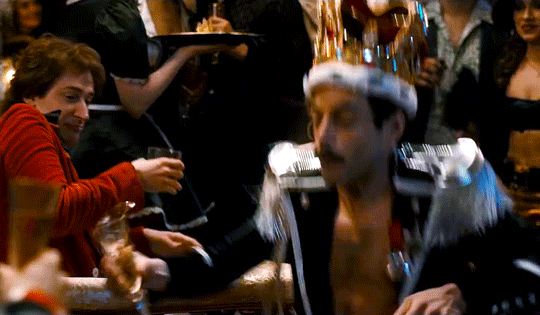
We usually write royal families based on the modern or medieval ones of history. We almost always fall into the trap of Male to Male succession because... that's usually what is done. We get confused over who is next when you kill off a cast of characters or have a strong female lead and we fall into a whole. But no longer. Here are some succession systems you can use in your fantasy setting.
Male to Male Primogeniture

This is when the firstborn son inherits everything outright from his dad. His son will inherit after him followed by his grandson and so on so forth. This is our main system of succession in real world history and fantasy. This can be an easy one to work off since there are so many examples. However, just as the real world is run by genetics, so will your fantasy land. There is a 50-50 chance of having a daughter or a son. You can't always bank on having a son. And if you have a surplus of sons, it can lead to trouble down the road.
Female to Female Primogeniture

There are some cultures that are strictly matrilineal, with inheritance passing to mother to daughter to granddaughter and so on. This can be another easy line to follow as it is basically the system up above just gender reverse. Examples of this succession can be found in Africa such as the role of Rain Queen where only females are eligible to take the throne and the Undangs of Negeri Sembilan in Asia. There are the same kind of issues such as the possibility that a daughter may not be born.
Tanistry
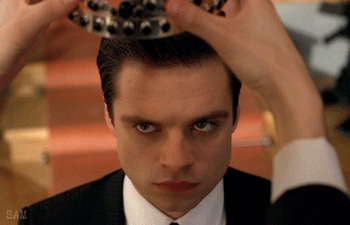
This is a Gaelic system for passing on titles and lands. The Tanist/ Tánaiste is the title bestowed upon the candidate chosen to inherit the throne who acts as a second in command. The eligible candidates would arrive at a chosen place and there would be a grand discussion on who gets to be named the heir. The candidates don't have to be a blood relative or even an ally of the current ruler. This was practised in Ireland, Scotland and the Isle of Mann and was also sort of practised in the Holy Roman Empire. The Vatican uses this to some extent though they might forgo all the drink... OK probably they do. There is no real issue with this, the best candidate is chosen and everyone has a say. Of course in politics, some force might be used in order of specific favourites to succeed but hey its nothing more than what's going on in modern politics.
Agnatic Seniority
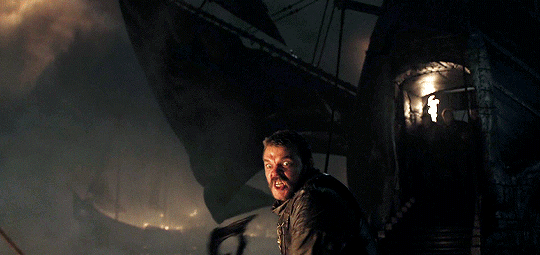
This is another patrilineal inheritance system only this one is slightly more confusing. In this system, the succession goes from monarch to their younger brothers and then the monarch's own sons. The monarchs children don't inherit until the older generation have all died. Agnatic seniority bars all female descendants and their descendants from the throne.
The Ottoman Empire's Version of the Hunger Games (or just what siblings are like)
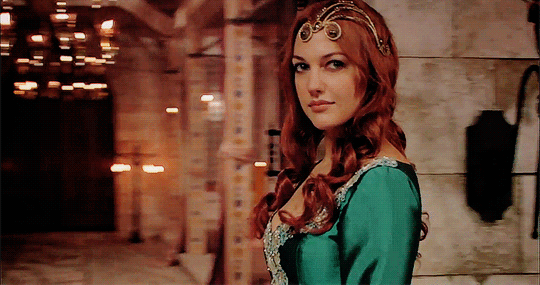
The Ottoman Empire had a fun succession order. Oh, perhaps not order. You see when a Sultan dies, his sons fight over who gets to be the next Sultan. The Şehzades (the male issue of the Sultan) will turn on one another, often having all their brothers and half brothers massacred by guards armed with bowstrings. This fratricidal system did work in the Sultan's favour as his throne was safe from claims of rivals. Yet if you get rid of all your heirs and you can't sire one and you die... well bye bye dynasty. The Şehzade who usually comes out on top will be the one who is backed by the military. This practise became less awful as years went by and the brothers of the Sultan were imprisoned in the harem in chambers called the Golden Cage or kafes. Some went insane and some actually succeeded the Sultanate.
Roman Adoption

The Romans didn't follow blood but rather the surname. Like the tanistry, a Roman noble/emperor would take stock of their relatives or even perhaps acquaintances and pick the best one. They would be given everything in the will including the right to inherit. Julius Caesar picked his great-nephew Octavian and in turn Octavian, now Augustus Caesar, chose his step-son Tiberius. If you go back through the Judo-Claudian dynasty you will see that most the heirs were adopted and not all came from the same bloodline.
Hope this helps @anomaly00
#writing advice#writing advice writing resources#writing resources writing reference#writing reference#writing resources#succession#fantasy guide#fantasy nobility#fantasy royals#royal family
6K notes
·
View notes
Text
For every writer who needs it, here is a link to a free family-tree maker. When done, you can PDF export it.
Link : https://www.familyecho.com/#
#family tree#family tree builder#family#writer#writer oc#writer tip#writing resources#writers on tumblr#writing advice#oc
4 notes
·
View notes
Text
Writing Theory: Introducing your Characters

First impressions are key to any success as most people will tell you. When writing a story, you will be selling not only a plot to your readers but you will be selling people to them. The audience needs your characters to navigate your story but a bad introduction might sour that very important relationship. So how can we make a good impression on readers. For @sleepingobsidian & @rayfromikemenvampire
What should be Included in a Character Introduction Scene

An establishing moment: an action or reaction that tells us who your character is without telling us. Let the reader know exactly what kind of person they're dealing with. Example: An injured Jamie Fraser being both gorgeous and covered in the blood of Redcoats.
Introduction to important traits: Who is your Character? Are they irresponsible? Funny? Clever? A complete jackass? Example: Ron Weasley being friendly, accepting & warm to Harry.
Description: What does your character look like? Keep it to minimum though, we're telling stories not advertising for a make-up advert. Example: almost every character introduction ever
A memorable detail: This is optional of course but adding something memorable about your character will keep them in the reader's head. Example: Leo Tyrell's introduction in a Feast of Crows is quite memorable because he is easily becomes a hated character perhaps the quickest in the entire universe.
Kinds of Introduction
There is no one way to introduce any character whether protagonist or side character. They are 4 ways to introduce your character.
The Backstory

This introduces the character to us by way of their backstory. Here we usually get a quick run through of the character's life story and how they find themselves in their present circumstances. This way the audience a chance to get to know your character and in way grow up with them. We begin to understand their motives and attitudes early in the story. For example, Jacqueline Wilson's Hetty Feather opens with the protagonist talking about her early beginning as a baby, first given away to the Foundling Hospital and then to a Foster family.
Reputation

Sometimes a character is introduced verbally before they actually appears before us. This is a way of planting seeds of contrast and interest within the audience long before they actually meet the character. For example, we hear about Marwyn the Mage long before we actually meet him.
The Typical Day

Some characters are introduced on what I like to call at the Point Before It All Goes to Shit or (PBIAGTS). We follow the character through their day and get to know their world through their eyes. We watch the character interact with others and get to know them as they are before the PBIAGTS. Example: Tris Prior and Katniss Everdeen both kick off their stories with their typical days right before the PBIAGTS.
Right Smack Bang in the Middle

Another interesting way of introducing your character is to have to audience meet them right in the middle of a crisis. This is an interesting one because we begin on par with the character, confused about what's happening and why. The reader has no choice but to trust your character, they are the only thing they can cling too. For example: We meet Jason Grace in Heroes of Olympus after he wakes up on the bus with amnesia with no iota who or what he is.
#writing theory#introduction to characters#introducting characters#how to introduce your character#characters#writing resources#writing reference#writeblr#writing advice#writing
2K notes
·
View notes
Text
BUILD A CHARACTER (Masterpost)
>Naming
Websites:
- NameChef - Name Generator - Reedsy Generator - Fake Name Generator - Fantasy Name Generator - Baby Names - Baby Center
Lists:
- Long Names List by @leafvy - Giant Name List by @serifsystem - Dark Academia Inspired Names by @victoriahazelnut - Dark Academia Inspired Names part II by @victoriahazelnut - Modern Names Similar to Constellations by @victoriahazelnut
>Personality
Websites:
- Personality Generator - Random Character Traits Generator by @lucalicatteart - Random Zodiac Sign Generator - Zodiac Generator
Lists:
- 638 Personality Traits - Character Traits List with Examples - 800 Character Traits: The Ultimate List (+ How to Develop a Good Character Step-by-Step) - The Signs in a Relationship by @neo-wonderland - Character Flaws by @madswritess - A List of Character Quirks by @psychidion - Victorian Detective by @iamacuteapplepie - Little Quirks for Future Reference by @elvenwinters - Things your Character Might be Afraid of by @rpmemesbyarat - Masterlist of Characters’ Deepest Fears by @bailey-writes
>Backstory
Websites:
- Kassoon Backstory Generator - Character Biography Generator - How to Write Compelling Character Backstories: Step-by-Step Guide - Childhood Memory Generator
Lists:
- 33 Life Events For Your Character’s Backstory by @creativerogues - Important Life Events - Past Traumas by @blackacre13
>Goals & Motives
Websites:
- Character Goal Generator - Character Motivation Generator - Motive Generator
>Secrets
Websites:
- Secret Generator
Lists:
- 300 Secrets for your Character by @crissverahelps - What Secret does your Character Keep? - 150 secrets/plots by @sunshineandtearph
>Appearence
Websites:
- Appearence Generator - Portrait and Figure Drawing References
Lists:
- Appearence Adjectives - Adjectives to Describe People
#masterpost#writebrl#writers on tumblr#free write#creative writing#writing#writers#writer tips#writing help#writing resources
10K notes
·
View notes
Text
7 Different Character Roles
Consider adding these major, minor or side character roles to add some more complexity to your story!
All in relation to your Protagonist:
1) The Antagonist. The counter-part to your hero. The character or organization that causes struggle to your main characters. (Voldemort, Sauron, The Voltaire)
2) The Love Interest. The person or persons who your protagonist will fall in love with. They could start out as strangers, friends or enemies. (Edward Cullen, Mr. Darcy, Stefan Salvatore)
3) The Foil. A character who primarily exists to bring out the best in your protagonist and their qualities/skills. The clash of their opposite personalities will end up highlighting the positive attributes of your protagonist. If the protagonist and the foil eventually see past their differences they can become something more: like a friend, love interest or villain. (Draco Malfoy, Damon Salvatore, Lydia Bennet)
4) Deuteragonist(s). the sidekick(s) to your protagonist. These characters are close to your protagonist and can often overlap into the roles of confidant and love interest.
5) The Mentor. The person who teaches the protagonist the things they need to make their way throughout the story. They have a great impact on the protagonist’s development and self-realization. (Rupert Giles, Gandalf, Yoda)
6) The Confidant. Often the best friend of the protagonist. This role can be hard to write because they can get overlooked by the love interest. Your protagonist trusts this person and typically tells them things they wouldn’t tell others. You could merge this role with some previous ones and the confidant could be the love interest or the mentor. (Jacob Black, Hermione, Bonnie Bennet).
7) Tertiary Characters. These characters appear only a few times throughout the story. However, these characters can still be important to your story. The barista your character sees once a week, the girl that the vampire ate and then trashed, the nervous kid who bumps into your character on their first day of school. (The Grady Twins in the Shinning, Radagast in The Lord of the Rings, Padma and Parvati Patil in Harry Potter)
Instagram: coffeebeanwriting

📖 ☕ Official Blog: www.zmwrites.com
#writingtips#writertips#writing tips#writer tips#authortips#authoradvice#writing advice#writingadvice#howtowrite#writingtipsandtricks
237 notes
·
View notes
Note
How to Draw and Design Gryphons and Hippogryphs by using photo references of eagles, lions and horses?
Draw everything individually, from multiple angles.
How to draw horses || How I practice anatomy || Gesture drawing
It's like juicing up for a very tasty dream by consuming your favorite genre, characters, settings, etc and hoping your subconscious combines them.
If the final result is your target, and you see your drawing arm as a gun taking aim, then references are your bullets. Fill the chamber with reference unless you want to play roulette.
Your first step in reference gathering is to be specific. Know what you want and stick with it. I searched specifically for African Lion and Gold Eagle. Being specific helps you observe detail more accurately, and it already puts you one step ahead of generic designs.
I'm only going to tackle Lion + Eagle today for simplicity, but you can use this advice to combine two, three, or dozens of animals including horses.
Get your reference, and start practicing. Keep it simple and undetailed, only drawing the essence of the photo, rather than exact position and proportion.
Use action poses to practice! Even though they're more challenging, they will infuse your final result with action as well. Look up things like hunting, fighting, walking, running, landing, etc to get action reference.
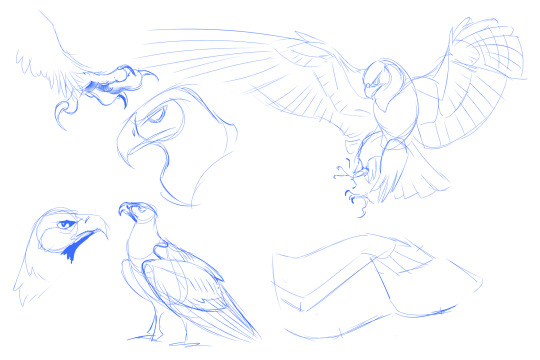
Practice most on the creature you're having the hardest time with. That was Lions, for me. I even did a separate page where I studied the structure of their manes, since I wanted that in my griffin design.

Remember: you can trace photos as part of study! This is helpful for correcting proportions and anatomy. Make sure you are tracing mass and bones, not outlines.

Now that you're weapon is loaded with reference, you'll be able to design freehand without copying a photo. This is IDEAL because you won't be slowed down by anatomy. Now what we're here for: Design.
Creature Design Masterpost || Splice Vs Blend
This is going to be yet another visit to Splice vs. Blend technique, so strap in. Here's some guys I drew after I finished studying. No photos needed at this stage because I've eaten them all.
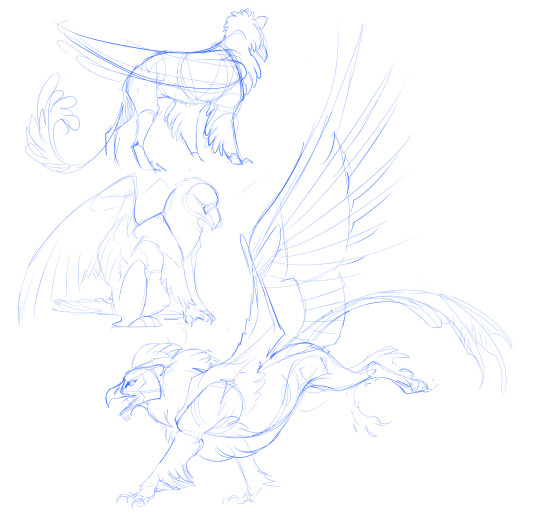
The most common creature design technique is something I call Splicing. You take pieces of animals and graft them onto each other with stitches. Griffins are notorious for this with their bird talons on the front legs and lion paws on the back. That's a creature that was formed through magic, not evolution. This automatically makes your griffin less believable. And probably a bit awkward in the walking department.
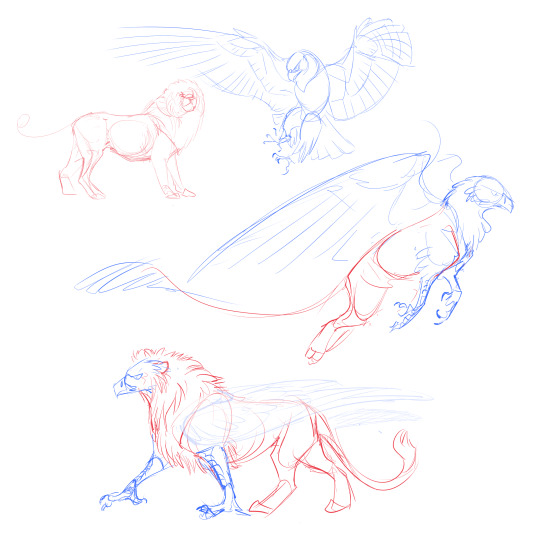
So here's a new challenge: Blending. Take bits of each creature and put them in a mixer, letting the ingredients land all over the place and amongst each other. What if we had a lion skull, with an extra-thick bird beak in place of the jaws? What if the lion chin was still there in the form of a tuft of fur? Maybe the tear duct from the lion, and the eyelids of bird? Let's give it lion ears with the furrowed brow so typical of raptors.
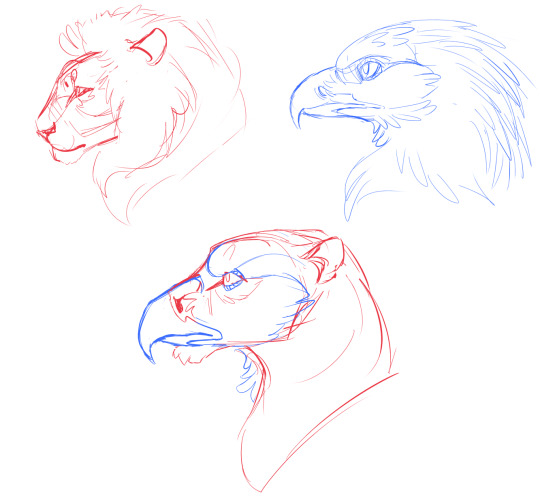
It already looks like a new life form, rather than a photoshopped amateur hour of recognizable animals. I could cover it in either feathers or fur and it would still be distinct as a new species. I want the classic lion mane in some form, so I'm taking the shape and turning it into long, fluffy feathers.
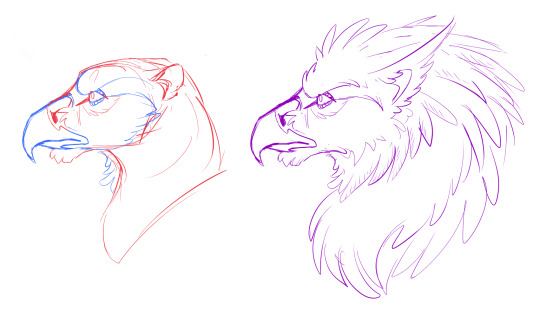
Don't stop there! Try identifying what traits make an eagle and eagle, or a lion a lion, and sticking them between each other.

Keep combining! Challenge convention! Add and omit parts and pieces to your heart's content.
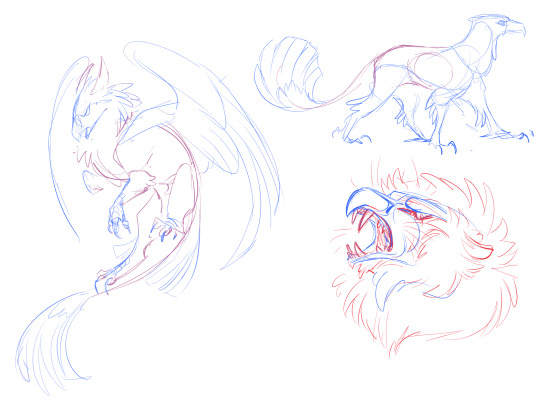
Take this practice to all parts of all creatures. Throw new stuff in a blender instead of stitching it together. This especially includes color! You see a lot of spliced markings in novelty griffins, with a specific cat and bird. Artists get stuck on copy-pasting animal patterns because they're afraid the ingredients won't be recognizable, or they're just lost in the sauce of loving tigers they forget to actually have fun with it.

It's still recognizable as tiger and peacock, but much more compelling, wouldn't you say? Go for something unique rather than staying with what feels "safe." There's a million griffin artists out there, but only one You.
#art tips#art tutorial#creature design#griffin#gryphon#tiger griffin#tiger peacock griffin#design tutorial#creature design tutorial#griffin tutorial
7K notes
·
View notes
Text
Telling vs Showing Examples
Hana was feeling happier than she had in a long time. She wanted to seek out Emilia and tell her everything that had just happened, but she couldn’t find her anywhere. When she got back to her room and opened the door, she saw a cat run and hide under the bed. Frowning, she followed the cat to get a better look at it. She was surprised to see that the cat’s eyes looked exactly like Emilia’s.
Telling: Hana was feeling happier than she had in a long time.
Showing: Hana did her best to fight the stupid grin spreading across her face, but the mirth inside her threatened to bubble up into hysterical laughter. Her steps were lighter than they had been in weeks.
Telling: She wanted to seek out Emilia and tell her everything that had just happened, but she couldn’t find her anywhere.
Showing: As she made her way back from the war room, her eyes darted to every face that looked her way, searching for Emilia’s bright blue eyes. She had to know what had just happened.
Telling: When she got back to her room and opened the door, she saw a cat run and hide under the bed.
Showing: After ten minutes of searching, Hana sighed, resigned to hold in the good news until Emilia sought her out. As she pushed open the door to her own room, a flash of black crossed her vision and dove under the little bed in the corner. A cat?
Telling: Frowning, she followed the cat to get a better look at it.
Showing: Hana moved further into the room and shut the door behind her, brows furrowing. As far as she knew, no one in the bunker owned a cat. She sank to her knees and lifted up the blankets dangling over the edge of the bed.
Telling: She was surprised to see that the cat’s eyes looked exactly like Emilia’s.
Showing: When she saw the bright blue eyes of the cat staring back at her, almost owlishly, her heart almost hit the floor. She knew instantly what was going on here. “Emilia?”
Hana did her best to fight the stupid grin spreading across her face, but the mirth inside her threatened to bubble up into hysterical laughter. Her steps were lighter than they had been in weeks. As she made her way back from the war room, her eyes darted to every face that looked her way, searching for Emilia’s bright blue eyes. She had to know what had just happened. After ten minutes of searching, Hana sighed, resigned to hold in the good news until Emilia sought her out.
As she pushed open the door to her own room, a flash of black crossed her vision and dove under the little bed in the corner. A cat? Hana moved further into the room and shut the door behind her, brows furrowing. As far as she knew, no one in the bunker owned a cat. She sank to her knees and lifted up the blankets dangling over the edge of the bed. When she saw the bright blue eyes of the cat staring back at her, almost owlishly, her heart almost hit the floor. She knew instantly what was going on here. “Emilia?”
#writeblr#writing#writing advice#writing help#writblr#telling vs showing#show dont tell#descriptive writing#writeblr advice#writeblr help
118 notes
·
View notes
Text
Writing fight scenes
masterlist. main navigation.
@bluebxlle_writer on Instagram
1. Pacing
A fight scene should be fast-paced and intense. Unless it's a final battle with numerous parties, a fight scene that's too long tends to take away suspense. To speed up your pacing, use active voice to describe movement and don't overdescribe your characters' thoughts. Excessive inner monologue will be unrealistic, as people usually have no room to think during intense combats.
2. Character mannerisms
Here's a point that people often overlook, but is actually super important. Through fight scenes, you should be able to reveal your characters' contrasting mannerisms and personality. A cunning character would play dirty - fighting less and making use of their opponent's weakness more. A violent character would aim to kill. A softer one would only target to disarm their enemies, using weakened attacks. A short-minded character would only rely on force and attack without thinking. This will help readers understand your characters more and decide who to root for.
3. Making use of surroundings
Not only the characters, you also need to consider the setting of your fight scene and use it to your advantage. Is it suitable for fighting, or are there dangerous slopes that make it risky? Are there scattered items that can help your characters fight (e.g. nails, shards of glass, ropes, wooden boards, or cutlery)? Is it a public place where people can easily spot the fight and call the authorities, or is it a private spot where they can fight to the death?
4. Description
The main things that you need to describe in a fight scene are :
• Characters involved in the fight
• How they initiate and dodge attacks
• Fighting styles and any weapons used
• The injuries caused
Be careful to not drag out the description for too long, because it slows down the pace.
5. Raise the stakes
By raising the stakes of the fight, your readers will be more invested in it. Just when they think it's over, introduce another worse conflict that will keep the scene going. Think of your characters' goals and motivations as well. Maybe if the MC didn't win, the world would end! Or maybe, one person in the fight is going all-out, while the other is going easy because they used to be close :"D
6. Injuries
Fights are bound to be dirty and resulting in injuries, so don't let your character walk away unscathed - show the effect of their injuries. For example, someone who had been punched in the jaw has a good chance of passing out, and someone who had been stabbed won't just remove the knife and walk away without any problem. To portray realistic injuries, research well.
7. Drive the plot forward
You don't write fight scenes only to make your characters look cool - every fight needs to have a purpose and drive the plot forward. Maybe they have to fight to improve their fighting skills or escape from somewhere alive. Maybe they need to defeat the enemy in order to obtain an object or retrieve someone who had been kidnapped. The point is, every single fight scene should bring the characters one step closer (or further :D) to the climax.
8. Words to use
• Hand to hand combat :
Crush, smash, lunge, beat, punch, leap, slap, scratch, batter, pummel, whack, slam, dodge, clobber, box, shove, bruise, knock, flick, push, choke, charge, impact
• With weapon :
Swing, slice, brandish, stab, shoot, whip, parry, cut, bump, poke, drive, shock, strap, pelt, plunge, impale, lash, bleed, sting, penetrate
#writers on tumblr#writing things#writerslife#writing tips#tips for writers#writersociety#writing help#writing tip#writing resource#writers
27K notes
·
View notes
Text
Writing double agents
masterlist. main navigation.
@bluebxlle_writer on Instagram
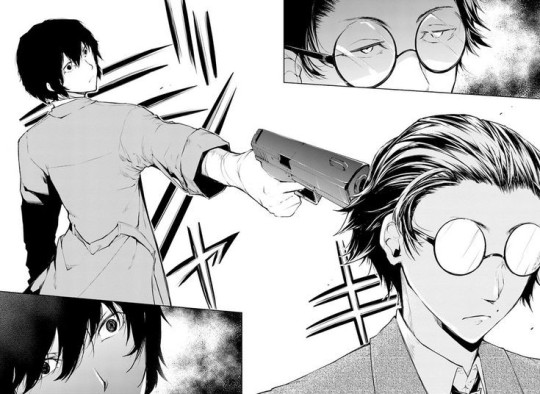
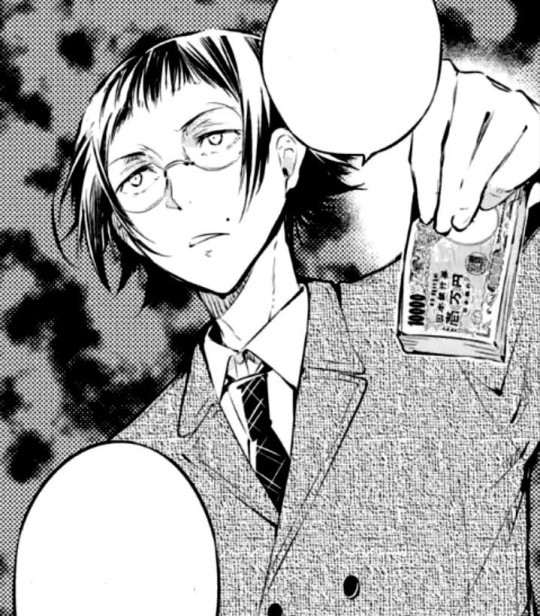
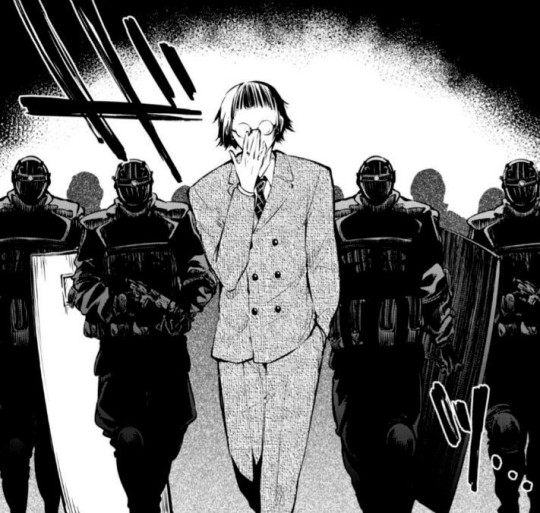
1. Motive
Before everything, you need to establish why they became a double agent. The most common reason is probably their leader commanding them to infiltrate the enemy, but there are other reasons why someone can be a double agent :
• They have something to do /someone to see in the enemy organization, but they're forbidden to associate with the enemy, so they volunteered to be a double agent as an excuse to enter the enemy's base.
• They only want to be on the winning side, so they became a double agent so they can switch sides whenever.
• Alternatively, they became a double agent voluntarily to prove their loyalty.
2. Mannerism in enemy organization
How does your character act in the enemy organization? Do they act like their true selves? Or do they mask their true nature and act calmer and kinder in order to avoid suspicion? This point will help with the characterization of your double agent.
3. Relationships in enemy organization
Another way to emphasize your double agent's character is by establishing their relationships with the members of the enemy organization. Do they act cold, not wanting to get attached to anybody there because they view attachment as a weakness and a distraction to their infiltration mission? Or do they try to make lots of friends to build trust among the members of the organization?
4. Loyalty
This is also a very important aspect to consider, because being a double agent can either mean that the character has a strong loyalty to one side, has no loyalty at all, or has a shifting loyalty.
Strong loyalty - self explanatory! It means they will always remain loyal to one side and one side only.
No loyalty - Like emphasized in the previous number, a double agent with no loyalty tends to switch sides easily. A good example of this is Double Trouble from SPOP - they betrayed the Horde and joined the princesses the second they sensed that the princesses had a winning advantage.
5. Writing shifting loyalty
Shifting loyalty is much more complex to write about rather than simply being loyal or unloyal, so I'll have to explain it in another point. There are a few reasons why a double agent can be loyal to one side at first, but then have their loyalty gradually shift to the other side :
They realized that the enemy organization is working for a better cause, and after much battle with their morality, they decided to shift their loyalty from the "bad" side to the "good" side.
Alternatively, they were loyal to the "good side" and had a better moral compass at first, but they underwent a corruption arc and decided to shift to the "bad" side out of selfish means.
They were influenced by friends they made in the enemy organization and decided to change sides.
The leader of the enemy organization treats them better than anyone in their organization did, and they grew to respect the enemy's leader.
Ways to indicate shifting loyalty :
They begin to report to their leader less and less, hiding more info from them.
They start questioning their moral compass, often having an inner struggle on their decisions.
They begin to let their guard down in the enemy organization, establishing more relationships with the people there.
They begin to wonder where they truly belong.
6. The betrayal
When your character is revealed as a double agent to their friends in the other side, there are 2 things to consider :
How the character acts :
Do they feel guilt, apologizing and saying that they had no choice? Or do they act condescending, grinning cruelly and saying "you shouldn't have trusted me"?
How their friends act :
Do their friends look genuinely shocked and hurt, still denying their betrayal? Or do they immediately frown, saying "We knew it was you, you filthy traitor"?
This stage will say a lot about your double agent's character and morality, and their relationship with the people from the enemy organization.
#writing advice#writing help#writing resources#writing tips#writers on tumblr#characters#writer tips#writers#writing#fantasy guide
262 notes
·
View notes
Photo
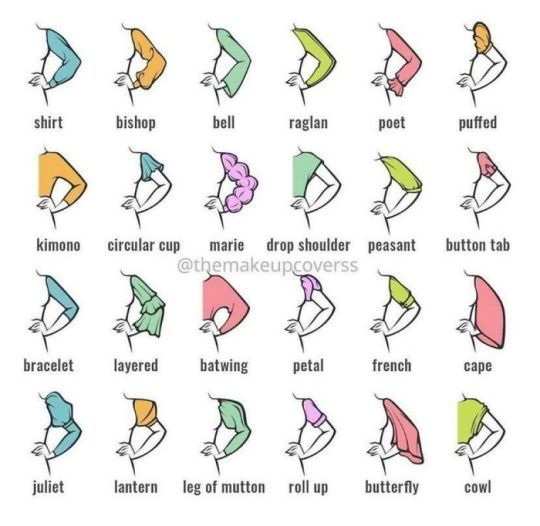
29K notes
·
View notes
Text
😂😭
Have I returned?? No ;)





#batfam#jason todd#dc nation#tim drake#social media#dick grayson#bruce wayne#batfam social media#duke thomas#red hood#why are they like this
1K notes
·
View notes
Photo


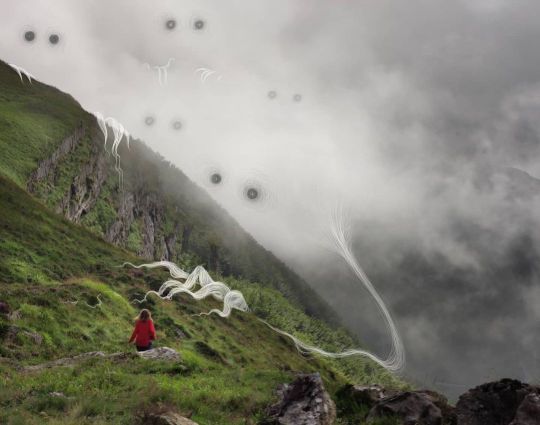
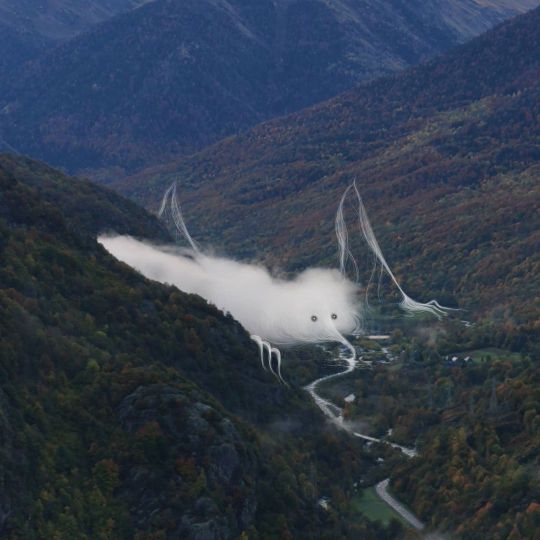

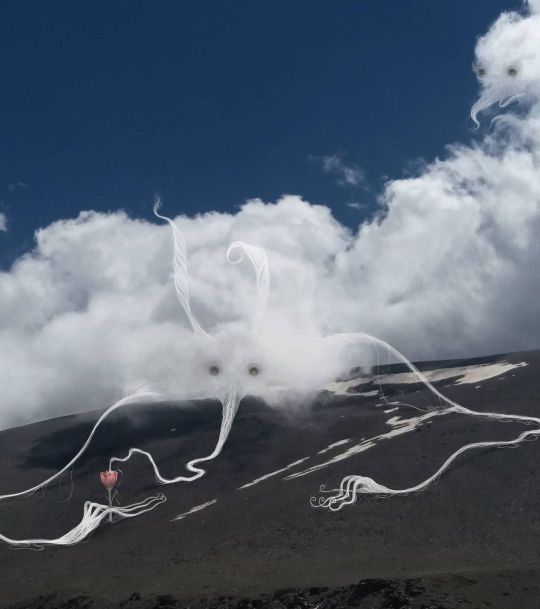
Illustrations - Vorja Sánchez.
72K notes
·
View notes
Text


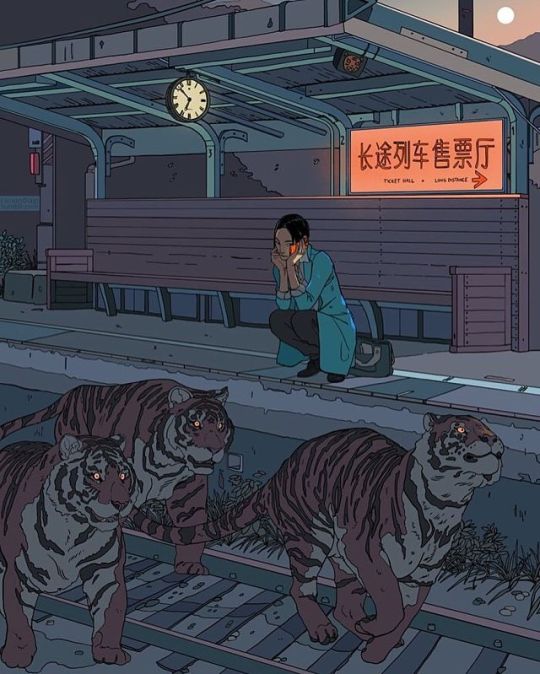
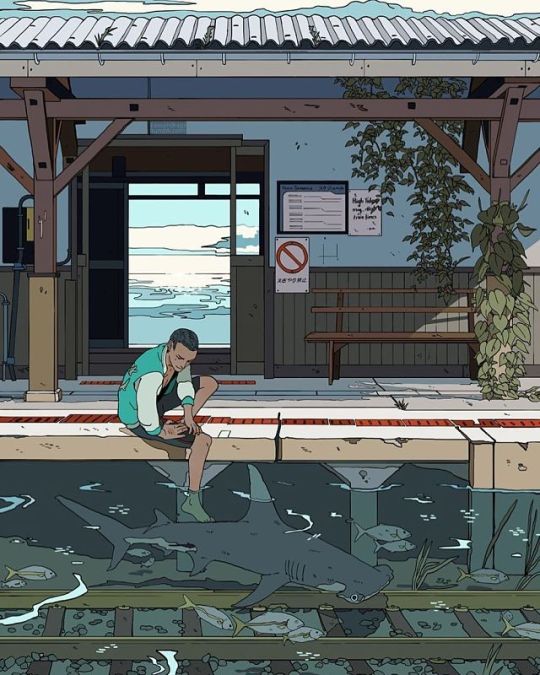

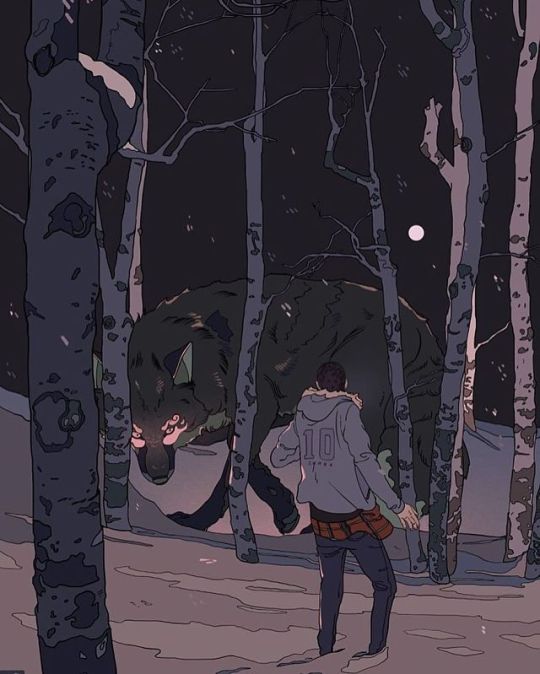
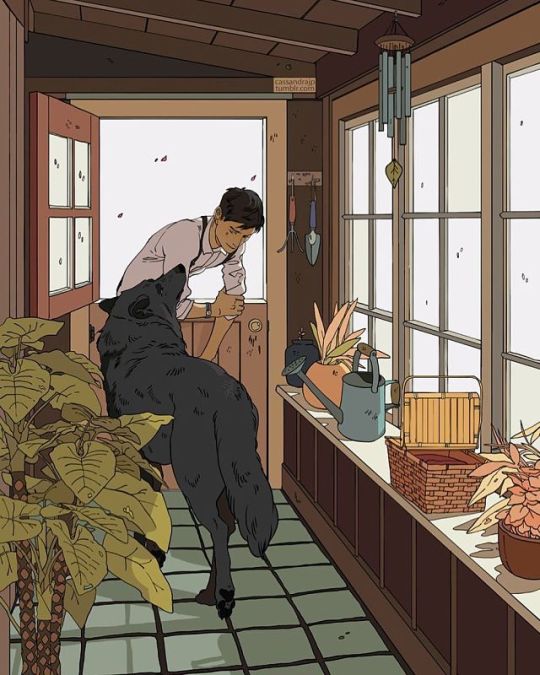
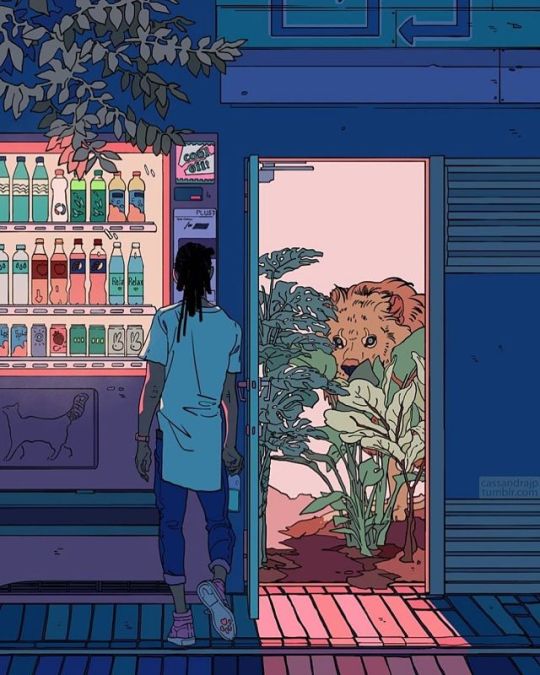
It is possible to find a great friend where you can’t even imagine. Artist: Cassandra Jean
47K notes
·
View notes